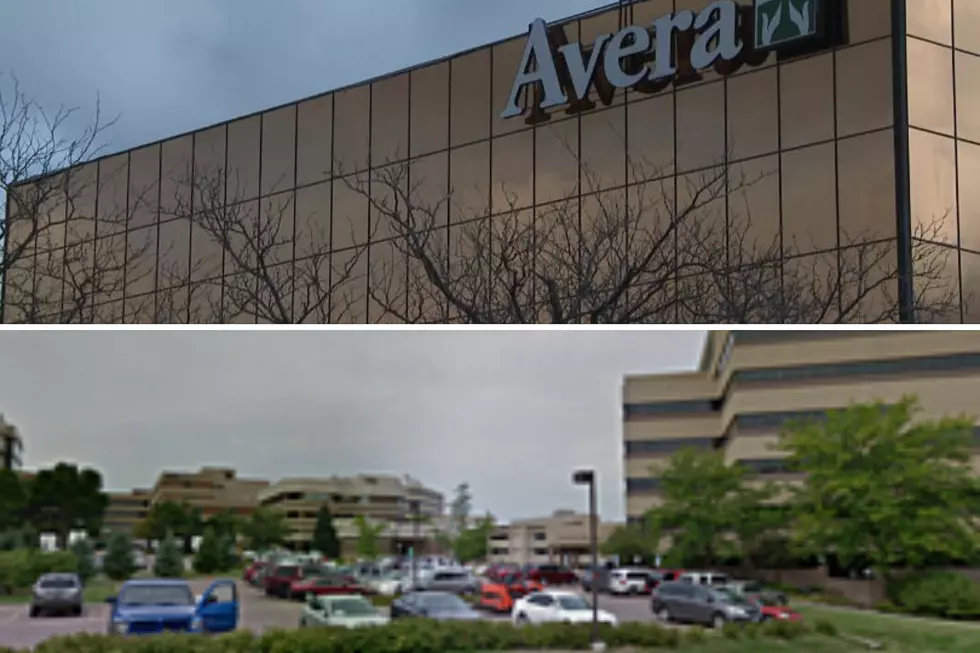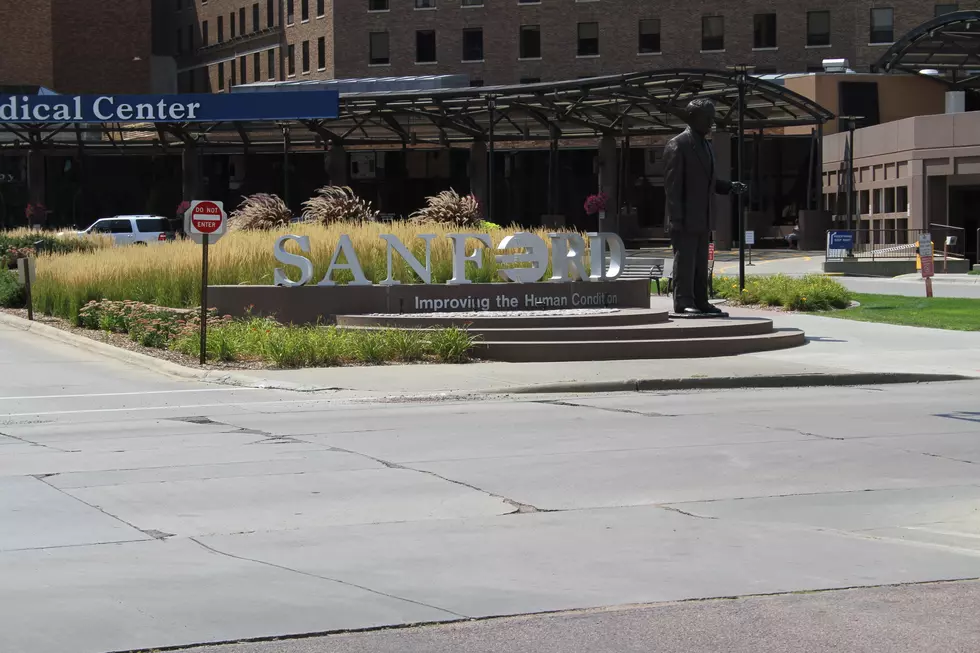
Plea for Full Disclosure with Affordable Care Act
The Affordable Care Act is here to stay. Now the components need to work together in order for the benefit of all. South Dakota Congresswoman Kristi Noem expresses concern that the Obama Administration is less than forthcoming in providing information regarding its status. She explains her vote on a measure that will shed more light on what is happening inside the insurance exchanges. Without this disclosure, Noem anticipates sticker shock for younger, healthier South Dakotans. Her opinion is expressed in the following words.
Like many parents in South Dakota, I want more opportunities and a greater country for my kids than I inherited. That’s why I entered public service in the first place. In recent years, I have been very worried about the tremendous weight the federal government is putting on our kids.
The Affordable Care Act, in particular, rests directly on the backs of young people. “Older adults will be paying premiums that don’t fully cover their expected medical expenses, while young adults will be paying premiums that more than cover their expenses,” explained a December 2013 study by the Kaiser Family Foundation, a longtime supporter of the Affordable Care Act.
To distribute costs more evenly, the Affordable Care Act includes a rule that says insurance companies can’t charge any one person more than three times the amount they are charging another person for the same coverage. This forces young, healthy people to pick up a bigger portion of the tab.
Before health care reform, many states limited insurance companies to charging older and sicker individuals no more than five times the amount they would charge a young, healthy person. As a result, if a healthy person was charged a $100 monthly premium, their insurance company could ask a sicker individual to pay as much as $500 a month for the same plan. Under health care reform, however, if an insurer bills a less healthy individual $500, the younger, healthier individual must pay at least $167 for the plan – 60 percent more than the $100 they could have paid before the Affordable Care Act was implemented.
Overall, premiums for single people between 21 and 29 who are not eligible for government subsidies are expected to rise 42 percent higher than if the Affordable Care Act had not been enacted. That’s a pretty big increase for a group that is necessary to the viability of the Affordable Care Act.
The White House believes 2.7 million young people must sign up for insurance on the exchanges to balance the health insurance risk pools. If not enough young people sign up, these risk pools will become too risky. Insurers could pay out more than they take in. And costs could skyrocket in 2015.
Unfortunately, there is no way to know if enough young people have entered the system to keep rates from jumping because the administration refuses to release that information. During the first week of the 2014 legislative session, I helped the House pass the Exchange Information Disclosure Act. This bill would require weekly reports on health exchange signups that will help determine if enough healthy, young people are signing up.
With this information, all of us will have a better understanding of future price trends so we know what to expect a year from now. We’ll also have a better idea of the costs young people could face as they’re trying to start their lives under the Affordable Care Act.
More From KYBB-FM / B102.7
![The Odd Lost and Found of the Buffalo Chip in Sturgis, South Dakota [PHOTOS]](http://townsquare.media/site/486/files/2022/08/attachment-Copy-of-Copy-of-Copy-of-Standard-1600x1067-49.jpg?w=980&q=75)








